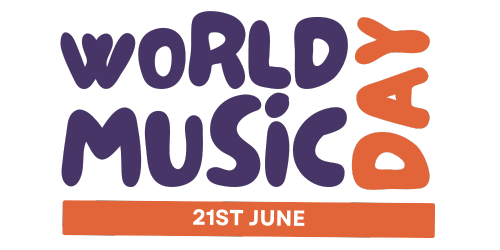Incorporating music into the curriculum isn’t just about teaching students to sing or play instruments; it’s a powerful tool that can enhance learning across a wide range of subjects. For primary/elementary teachers, integrating music with other areas of study can make lessons more engaging, memorable, and effective. Here’s how music can be used to support learning in subjects like math, language arts, science, and social studies.
Math
1. Rhythm and Counting: Use musical rhythms to teach counting, fractions (e.g., quarter, half, and whole notes), and patterns. Clapping or playing instruments can make abstract mathematical concepts more tangible.
2. Songs for Memorization: Create or find songs that help memorize mathematical formulas, multiplication tables, or the order of operations. Music can aid memory retention through melody and repetition.
Language Arts
3. Rhyme and Meter: Explore rhyme schemes and poetic meter through song lyrics. Analyzing songs can enhance students’ understanding of poetry and encourage them to notice patterns in language.
4. Storytelling and Composition: Encourage students to write their own lyrics as a form of storytelling. This activity supports creative writing skills and can be integrated with lessons on narrative structure.
Science
5. Sound Waves and Vibrations: Use musical instruments to demonstrate scientific concepts like sound waves, vibration, and pitch. Experiments with different instruments can illustrate how variations in wave frequency and amplitude affect sound.
6. Songs About Scientific Concepts: Find or create songs about the water cycle, plant life cycles, the solar system, or other scientific topics. These songs can help students memorize complex concepts and vocabulary.
Social Studies
7. Cultural Music Exploration: Integrate music from different cultures to enhance lessons on geography, history, and cultural studies. Listening to and discussing music from around the world can foster cultural awareness and appreciation.
8. Historical Events and Figures: Use songs that reference historical events or figures to spark interest and discussion. Songs from or about a specific time period can provide insights into the emotions, attitudes, and social contexts of the era.
Physical Education
9. Movement and Dance: Incorporate music and dance into physical education to teach coordination, rhythm, and cultural dance styles. Music can motivate students to be more active and engaged during PE classes.
Practical Tips for Integration
10. Collaborative Planning: Work with other teachers to plan cross-curricular lessons that incorporate music. This collaboration can lead to innovative teaching strategies and a more cohesive learning experience for students.
11. Technology and Multimedia: Use videos, recordings, and interactive apps to bring music into the classroom, especially when exploring genres or concepts that may be less familiar.
12. Reflect and Assess: After integrating music into lessons, reflect on what worked and what could be improved. Consider asking students for feedback to understand how music impacts their learning experience.
Conclusion
Using music to enhance learning in other subjects can transform the classroom into a dynamic and interactive learning environment. By carefully integrating musical elements into math, language arts, science, and social studies, teachers can support diverse learning styles, improve engagement, and foster a deeper understanding of content. Whether through simple songs, rhythm exercises, or explorations of cultural music traditions, the creative use of music in education offers endless possibilities to enrich the curriculum and inspire students.
